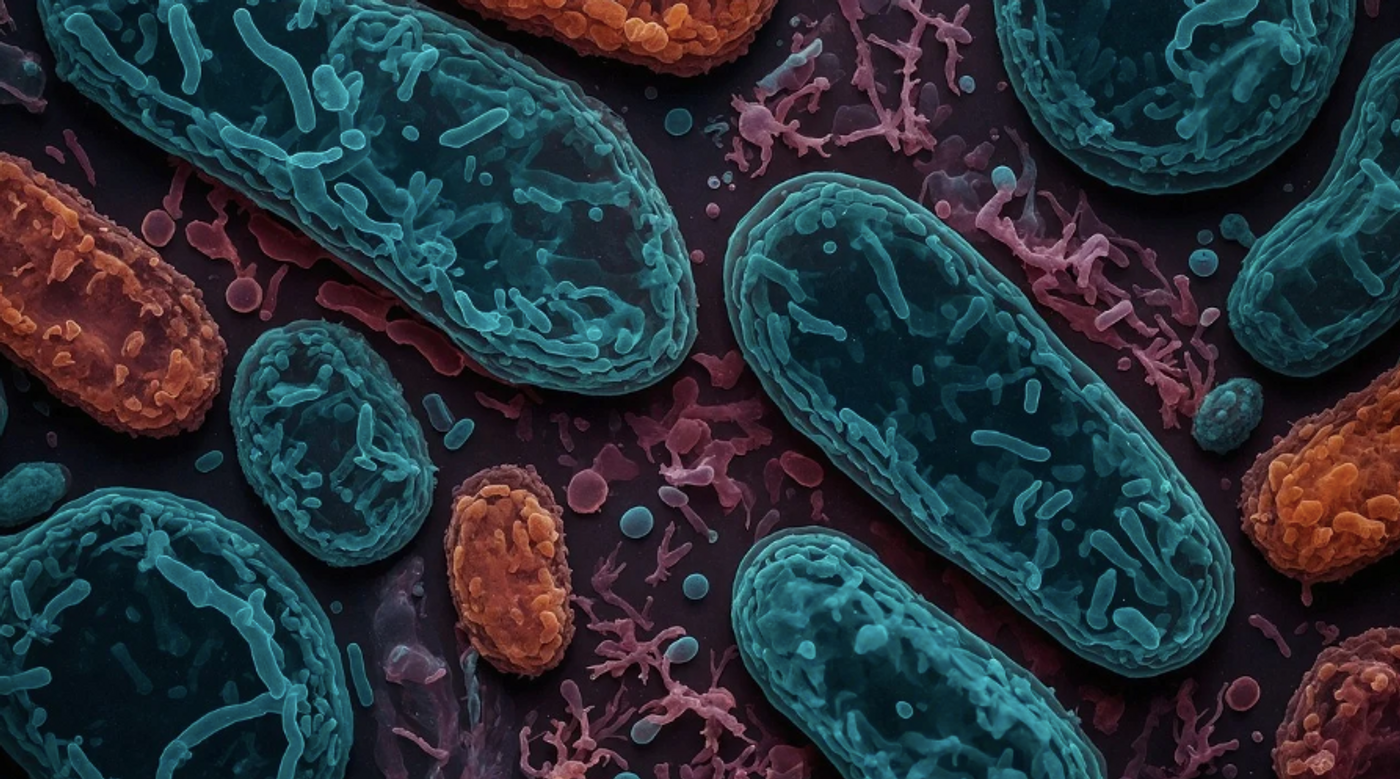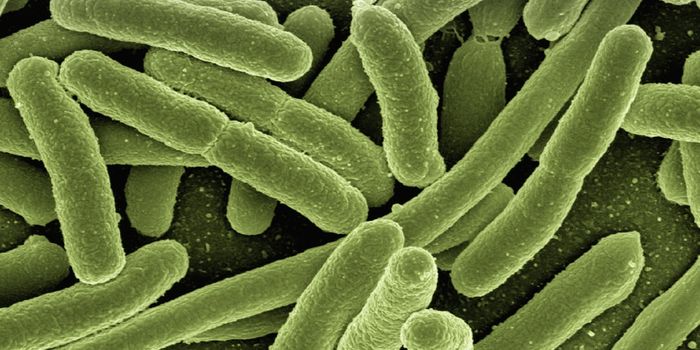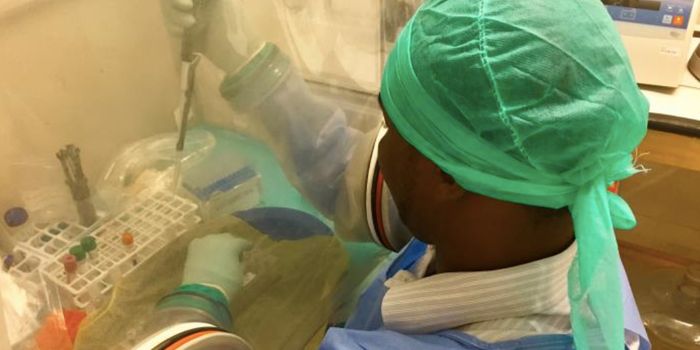Using Good Bacteria to Eliminate Nasty Germs in the Gut
Balance must be maintained among the trillions of microbes that live in the gastrointestinal tract. The gut microbiome has to host enough beneficial microbes to help control the levels of potentially harmful bacteria that can cause gut infections, like pathogenic strains of E. coli and Klebsiella. These pathogenic microbes are often found in hospitals. Some patients have to take extended courses of antibiotics, and these medications can harm the good microbes in the gut, leaving a door open for opportunistic germs to cause serious infections. Once those infections are established they can be difficult to eliminate because many pathogens are now resistant to different drugs.
One potential option for the treatment of antibiotic-resistant gut infections is a fecal microbiota transplant, in which the gut microbes from a healthy donor are transferred to a patient with a gut infection. Unfortunately, these treatments do not always work, and the composition of the donor sample may vary considerably. This has made it challenging to identify the most beneficial microbes in these samples (which may also vary from one patient to another).
Scientists have now aimed to learn more about the bacterial strains that are most likely to benefit patients with gut infections. In this study, the researchers analyzed forty strains of bacteria from the stool samples of five healthy donors.
In a mouse model of Klebsiella infection, eighteen of these strains were beneficial and could reduce the growth of pathogenic Klebsiella bacteria; they changed the activity of genes related to the metabolism and absorption of carbohydrates. suggesting that the gut microbes began to compete for nutrients. The eighteen strains outcompeted the pathogens for nutrients, which harmed the pathogens' ability to proliferate in the gut. This work also revealed that the eighteen strains reduced gut inflammation in the mouse model.
The findings have been reported in Nature, and may help scientists develop more effective treatments for gut infections that may not involve medications. This approach could have fewer side effects and be more helpful for patients.
Although the gut microbiome has been studied for about two decades, researchers are only now starting to clearly identify the microbes that are good for the gut and the human body. “Part of the challenge is that each person’s microbiome is unique. This collaborative effort allowed us to functionally characterize the different mechanisms of action these bacteria use to reduce pathogen load and gut inflammation,” explained co-first study author Marie-Madlen Pust, a postdoctoral researcher at the Broad Institute of MIT and Harvard.
The investigators also assessed samples from patients with ulcerative colitis (and gut inflammation) and unaffected individuals. They determined that there were higher gluconate levels in pediatric patients with gut inflammation, which suggested that there is more gluconate available for pathogenic microbes to consume, which fuels their growth. Gluconate may, therefore, be contributing to gut inflammation. However, when the eighteen beneficial microbes are present in the gut, they can compete with infectious microbes for that gluconate and other nutrients, limiting their growth, and their harmful impacts.
The research also suggested that these eighteen strains do not interfere with the growth of other healthy gut microbes, highlighting their therapeutic potential.
More research will be needed to confirm these findings in more patients, and to develop therapeutics that can be applied in the clinic. But scientists are starting to determine how specific microbial strains can be helpful or harmful, and how we might be able to manipulate their growth to improve human health.
Sources: Broad Institute of MIT and Harvard, Nature









